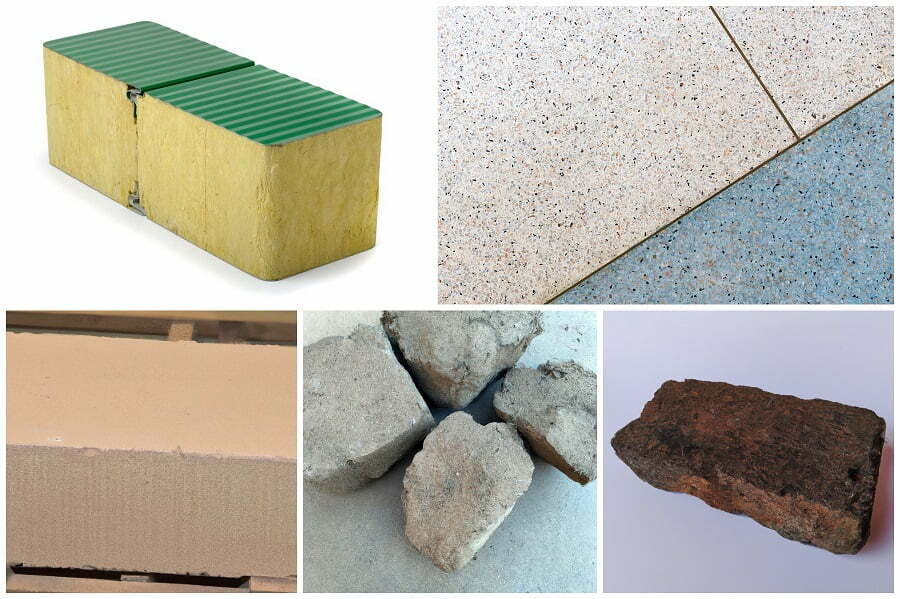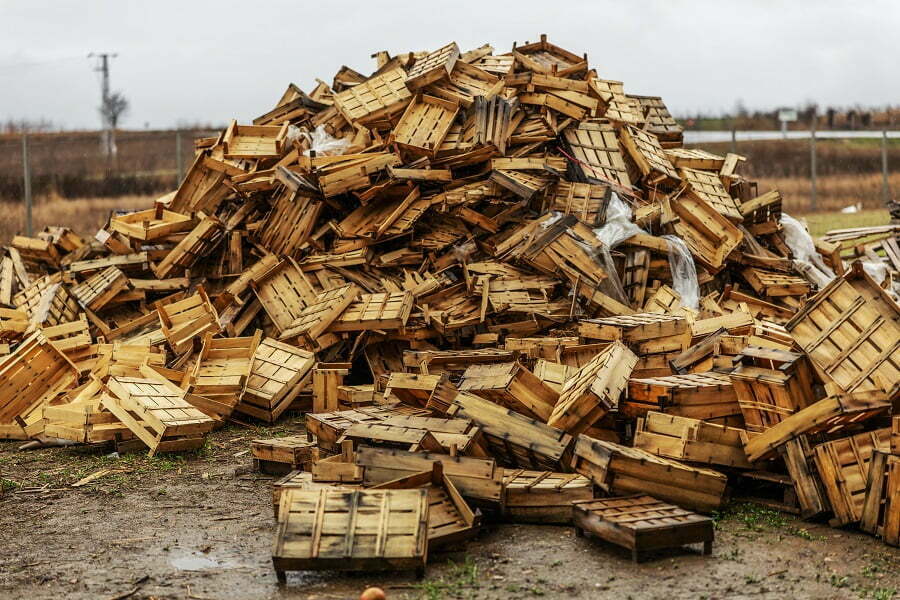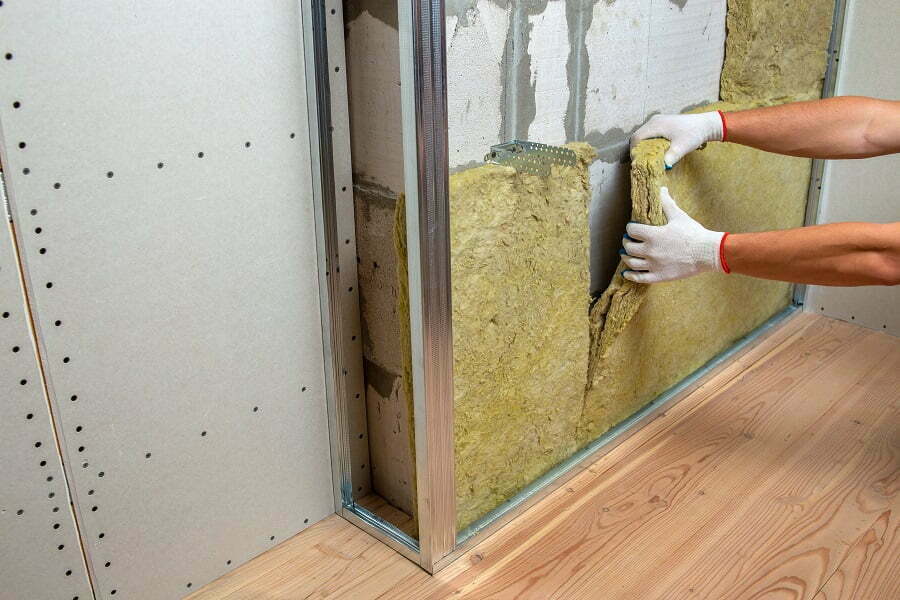Last updated on
Learn the steps to recycle cashmere effectively, giving your beloved garments a new lease on life or transforming them into valuable resources.
Key takeaways:
- Cashmere is a luxury fabric sourced from cashmere goats.
- Sort cashmere for recycling by separating pure cashmere from blends.
- Clean and remove non-textile components before recycling.
- Upcycle cashmere into accessories, quilts, or pet beds.
- Recycling cashmere reduces waste, conserves resources, and supports the circular economy.
Understanding Cashmere Material
Cashmere is a luxury fabric known for its softness, warmth, and durability, sourced from the undercoat of cashmere goats. Significantly finer than sheep’s wool, its fibers are highly sought after for high-end clothing items such as sweaters, scarves, and hats.
Beyond its initial lifecycle, cashmere can retain its quality when properly cared for, making it an ideal material for recycling. Unlike synthetic materials, this natural fiber degrades over time, reducing environmental impact.
However, the recycling process can be delicate due to cashmere’s fine texture, necessitating specialized methods to repurpose or refurbish the material without damaging its fibers. By understanding its properties and value, both in wear and sustainability, we can better approach the recycling process with the respect this premium material deserves.
Sorting Cashmere for Recycling
Before sending cashmere items off for recycling, ensure they are sorted correctly. Start by separating pure cashmere from blends. Check labels for fabric composition; pure cashmere has distinct recycling streams compared to cashmere mixed with other fibers, such as wool or synthetic materials.
Examine the condition of the cashmere. Lightly worn items are suitable for re-use and can often be donated directly to second-hand stores or textile collection programs that accept wearable clothing. For more worn or damaged items, consider textile recycling facilities that can process them into new fibers or repurpose them for insulation or stuffing materials.
Remove any non-textile components such as buttons, zippers, or embellishments. These can interfere with the recycling process and should be disposed of separately or repurposed in crafts or other projects.
Lastly, clean the cashmere before recycling. Wash according to care instructions to ensure it is free from dirt and oils, which helps the recycling process and maintains the quality of the recycled material. Sorting cashmere carefully before recycling maximizes its value and ensures the most sustainable outcome.
Cashmere Upcycling Ideas
Transforming old cashmere into cozy accessories like mittens, hats, or even plush toys can give your beloved items a second life.
Stitching multiple cashmere pieces together can create unique quilts or throw pillows, adding a touch of luxury to your home décor.
Crafty individuals might also repurpose cashmere into fashionable items such as scarves or even embellishments on other garments.
For those who prefer to avoid the needle and thread, consider felting the cashmere to create durable fabric suitable for coasters or pot holders.
The soft texture of cashmere also makes it ideal for creating luxury pet beds that pamper your furry friends.
Each of these ideas not only cuts down on waste but also allows you to cherish the quality material in new and creative ways.
Benefits of Cashmere Recycling
Recycling cashmere provides a plethora of advantages, both to the environment and the economy. By giving old garments new life, we minimize waste and the demand for virgin cashmere, which in turn conserves precious resources. The production of cashmere requires a significant amount of water and land, and it often involves raising goats in sensitive ecosystems, which can lead to overgrazing and degradation. When we recycle, we alleviate these pressures by reducing the need for raw materials.
Moreover, the recycling process itself often consumes less energy compared to creating new fabrics, leading to a lower carbon footprint. Additionally, repurposing cashmere supports the circular economy. It sparks innovation in creating new products from old materials, which can lead to job creation and economic growth. It also instills a sustainable mindset in consumers, encouraging them to make environmentally conscious choices. By embracing cashmere recycling, we take steps towards a more sustainable future, preserving the environment while enjoying the luxury and comfort of this exquisite material.
Environmental Impact of Cashmere Recycling
Recycling cashmere can significantly reduce environmental strain by decreasing demand for raw materials.
As goats’ grazing habits contribute to desertification, reusing existing fibers conserves habitats and mitigates soil erosion.
Processing reused cashmere also demands less water and energy compared to manufacturing new threads, effectively curtailing carbon emissions.
Diverting cashmere from landfills extends the lifecycle of the textile, thereby lessening methane release, a potent greenhouse gas.
Additionally, limiting the chemical processing needed for new garments curbs water pollution, safeguarding aquatic ecosystems.
Recycling cashmere is a step toward sustainable fashion, helping to balance our desire for luxury with an imperative for ecological stewardship.
Related reading:
Table of Contents





